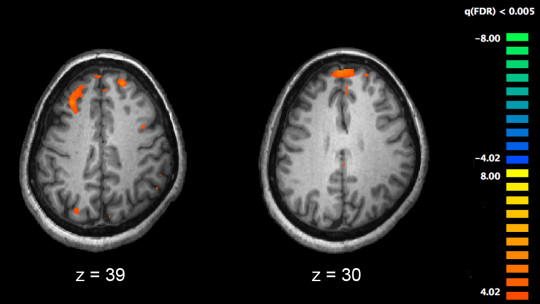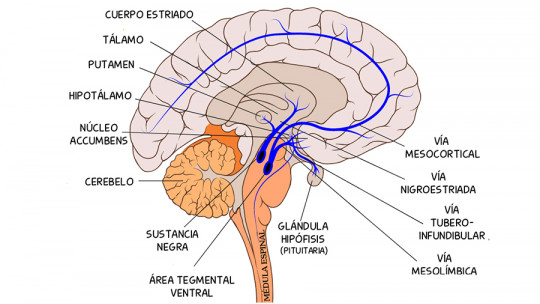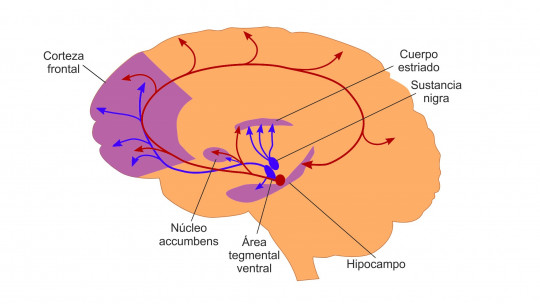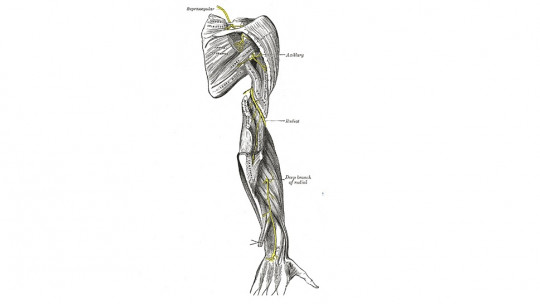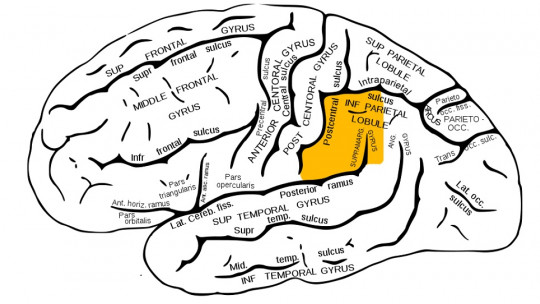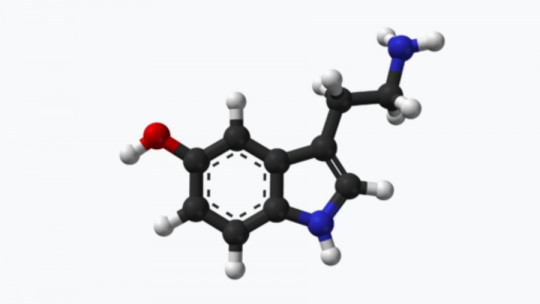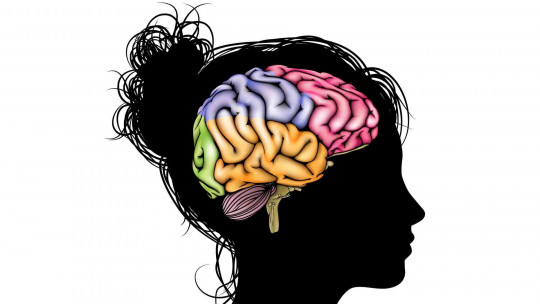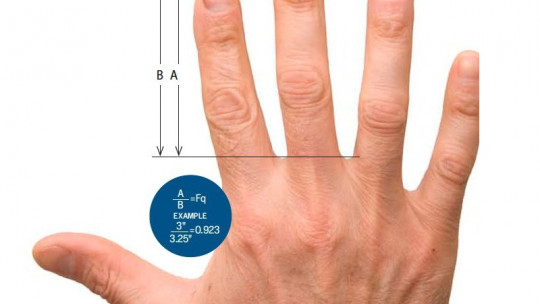
The results of research often surprise us and can sometimes seem very debatable. No matter how strange the conclusions of a study published in the journal may be, Clinical Anatomy, the length of the index and ring fingers as well as the asymmetry of both hands, could predict schizophrenia in men.
What is schizophrenia?
Schizophrenia is a psychotic disorder that causes a serious distortion in thinking and perception of reality People who suffer from this serious pathology experience hallucinations (visual or auditory), delusions, loss of contact with reality or a disorder of self-perception, among other symptoms. Generally, schizophrenics also suffer from loss of motivation, lack of energy, emotional disorders, or social withdrawal.
In Spain, this disorder affects half a million individuals, and its onset usually occurs during adolescence (although also in childhood) or early adulthood. It seems that in men it begins at an earlier age than in women.
Although it is not known for sure what causes schizophrenia, there seems to be some consensus that it has to do with a combination of genetic and environmental factors.
As shown in a study of Biomedical Research Center in Mental Health Network (CIBERSAM), Patients with schizophrenia have a life expectancy of between 10 and 20 years less than people without this affectation.
The study and conclusions
The study, published by Clinical Anatomywas carried out by researchers in Turkey who measured the length of 103 men with schizophrenia, then compared the data to the length of the fingers of 100 healthy men.
For the study the finger ratio was calculated (the length of the index finger divided by the length of the ring finger) and researchers found that men with schizophrenia had a longest index finger and a shorter ring finger This only occurred in the right hand, since no significant differences were found in the left hand. This asymmetry between the hands of people with schizophrenia is known as the “asymmetry index.”
According to the director of the research, Dr. Taner Oznur, “the asymmetry index has potential utility as a diagnostic test to determine the presence of schizophrenia.”
As the research researchers conclude, the key may be in testosterone.
Much past research has shown that exposure to abnormal levels of testosterone in utero (during the fetal stage) can have a negative impact on brain development, increasing the risk of schizophrenia and other mental disorders. Additionally, the same testosterone exposure in utero can also affect the size and length of the fingers.
But does this indicate that finger length predicts schizophrenia? Not exactly, because Although there is a correlation between the length of the fingers and schizophrenia, this does not mean that it is due to a causal relationship, it may be due to other variables or simply by chance. What does seem clear is that this research will provoke future research along these lines to rule out or confirm these results.
On the other hand, this study has only been carried out with men, the results with women could be different.
Other results in the same line of research
This is not the first time that researchers have linked the “finger ratio” to behavior. Previous studies have affirmed that there is a relationship between the ratio of the fingers and sexual orientation, infidelity, academic performance, physical aggression, or heart disease.

